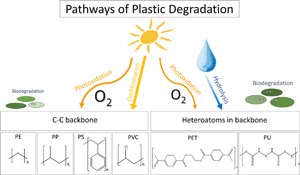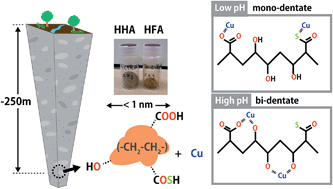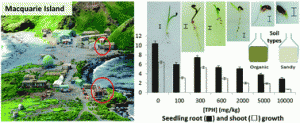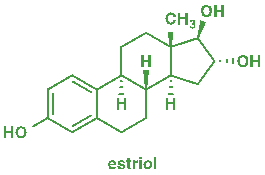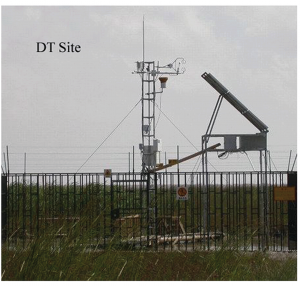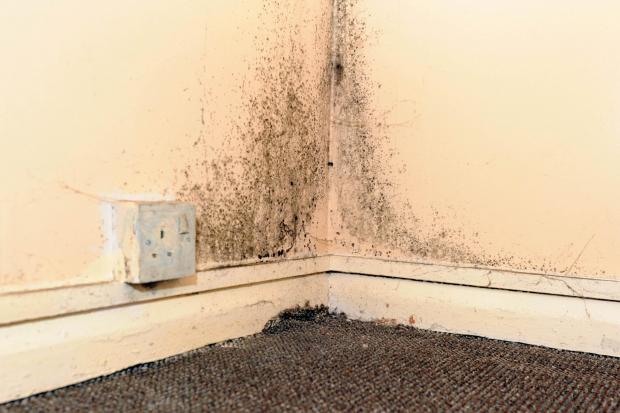Oil spills can cause widespread environmental damage. The production, refining, storage and distribution of oil are all potential sources of pollution of marine and terrestrial ecosystems. Recent high-profile accidents on offshore oil platforms such as the Deepwater Horizon incident in 2010 give the public clear insight into the effect large-scale oil spills can have. However, as dramatic as these pollution events are, these incidents represent less than 10% of total petroleum hydrocarbon discharges to the environment. The vast majority of pollution results from relatively low-level routine releases on a more local scale. The challenge is therefore to ensure safety of oil production as a whole rather than simply the prevention of large-scale incidents.
As existing oil reserves become increasingly depleted, exploration and drilling is spreading into deeper waters and more remote, fragile environments, such as the Arctic. Since oil production from newly explored or depleted reservoirs is more difficult, the risk of accidental oil spills in the future is likely to increase. Indeed, it is estimated that, for an average platform, each 30 metres of added depth increases the probability of an accident by 8.5%. There is clearly a need for clear and coherent strategies to be in place to help prevent and/or clean up accidental oil spills and to this end, there has been considerable world-wide effort has gone into strategies for minimising accidental spills and the design of new remedial technologies.

Deep Water Horizon Oil Spill - US Coast Guard Photo by Petty Officer First Class John Masson (courtesy of Chemistry World)
This critical review is the result of collaboration between the Institute of Ecology and Genetics of Microorganisms in the Russian Academy of Sciences, Perm State University in Russia, The Scottish Environmental Technology Network at the University of Strathclyde in Glasgow, UK, The University of Louisville in Kentucky, USA and the OECD Directorate for Science, Technology and Industry in Paris, France. The paper provides a summary of new knowledge as well as research and technology gaps essential for developing appropriate decision-making tools in actual oil-spill scenarios. The review will therefore be of interest to a wide range of stakeholders, including the oil industry, the scientific community and the public.
The review provides a clear comparison between the behaviour and environmental effects of marine and terrestrial oil spills (e.g. the nature of the spread of oil and size of affected area). The differences in appropriate response strategy for marine and terrestrial spills are clearly defined. The importance of ‘window-of-opportunity’ technology in combating oil spills is highlighted, i.e. the integration of different types of scientific information to allow rapid decision making on the best available strategy to achieve optimal environmental and cost benefits. The authors note that effective response to oil spills will require a) adequate data oil weathering over time; b) real-time remote sensing; c) analysis of response strategy performance. The review discusses the technological advances and challenges involving the multi-media modelling approaches to generating and analysing this information.
An in-depth review of different available technologies is provided and the authors use specific case studies to illustrate their effectiveness. For the marine environment this includes a discussion of chemical treatments (e.g. dispersants, emulsion breakers); in-situ burning; mechanical recovery (e.g. booms, skimmers, adsorbants etc) and bioremediation. In relation to the terrestrial environment, the review discusses the methods to prevent oil spills both on land and into ground/surface waters as well as more advanced clean-up technologies such as thermal desorption, soil vapour extraction, pump and treat technologies and solidification/stabilisation and bioremediation. The review also discusses the details, limitations and environmental effects of on-land containment and control technologies such as diversion/containment measures, trenches, sorbent or viscous liquid barriers.
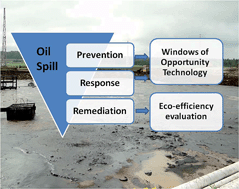
Technologies to prevent, control or tackle accidental oil spills
The authors emphasise that, because every spill is unique, there is no ‘one size fits all’ technology that will be suitable. The environmental impact and sustainability of remedial technologies vary widely so a suite of remedial technologies is required, and this should be part of the ‘risk-based remedial design’ strategy. The review highlights bioremediation methods as sustainable, cost-effective clean-up solutions and to achieve greater penetration of these techniques into the market depends on the harmonisation of environment legislation and application of innovative laboratory techniques e.g. ecogenomics to improve the predictability of bioremediation. However, it is also stressed that prevention is far less expensive than cure, and oil spill prevention should continue to be the focus for the industry.
This paper is a comprehensive and timely review of oil spill prevention and remediation methods, providing an invaluable summary of available technologies for remediation to increase awareness that a hierarchy of remedial technologies exists. Furthermore, it demonstrates that that there is a need for further development of both “soft” technologies, such as contingency planning, and “hard” engineering solutions for spill prevention. It is stressed that ultimately an integrated approach to prevention and remediation is needed and that greater international cooperation in contingency planning and spill response would probably lead to higher safety standards and fewer accidents.
To access the full article and read more about the technologies and strategies of tackling oil spills, download a copy for free* by clicking the link below.
Oil spill problems and sustainable response strategies through new technologies
Irena B. Ivshina, Maria S. Kuyukina, Anastasiya V. Krivoruchko, Andrey A. Elkin, Sergey O. Makarov, Colin J. Cunningham, Tatyana A. Peshkur, Ronald M. Atlas and James C. Philp
Environ. Sci.: Processes Impacts, 2015, Advance Article
DOI: 10.1039/C5EM00070J
—————-
About the webwriter
Ian Keyte is a Doctoral Researcher at the University of Birmingham. His research focuses on the sources, behavior and fate of polycyclic aromatic hydrocarbons (PAHs) in the atmosphere.
—————-
* Access is free until 18/08/2015 through a registered RSC account.
